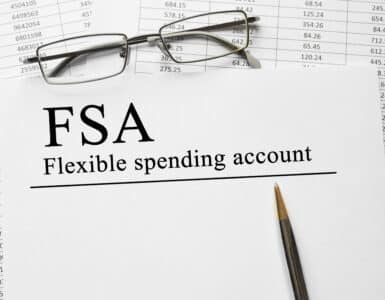Groceries are getting more and more expensive. According to a recent report, the average cost of eating food at home has increased by 10 percent since last year. As US News reports, that’s the largest yearly jump since 1980. With prices so high, sticking to a grocery budget has never been more important. Here’s how to do that.
Get an Idea
When budgeting for groceries it can help to know what a good starting point should be. You can use the USDA’s food budget site to get an idea of what you should be spending. Each month, the USDA creates grocery budgets on four spending tiers: thrifty, low-cost, moderate and liberal. If you have a family of three with a kid younger than five years old, a low-cost monthly plan would be about $882 per month. Meanwhile, a liberal monthly plan would be $1,186. Use the USDA’s budget as a nice starting point. Your needs could be more or less than what it suggests.
List and Create
Once you know roughly what you want to be spending on groceries, make sure you’re creating a list each week. That means checking your fridge and pantry to see what you already have and even crafting meal plans around those ingredients. Once you know what you have it will be easier to create meal plans, which are an essential way to not overspend once you’re in the grocery store.
Save When You Can
You can save money on groceries simply by using the deals available to you. Take advantage of grocery store rewards programs and use coupons when applicable. If your store discounts certain items on specific days — say, deli meat is 20 percent off on Sundays — make sure you shop during those times. Budgeting for groceries is really all about the little details that can add up to big savings.






